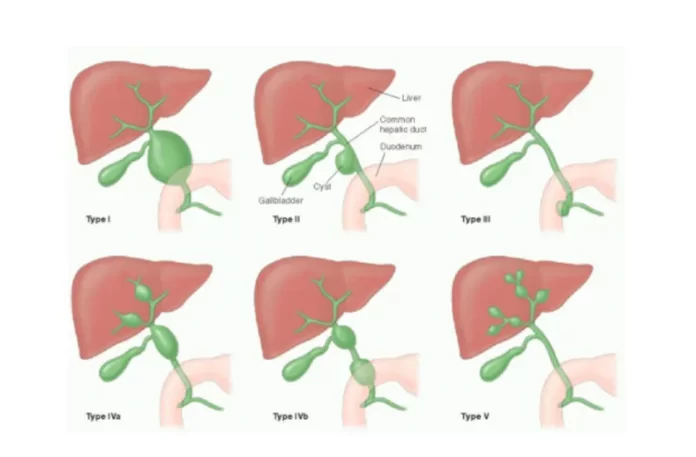The bile ducts are an integral part of the digestive system, as they carry bile from the liver to the small intestine. However, these ducts may sometimes become obstructed or develop abnormalities, leading to various health conditions. One such rare condition is a choledochal cyst. This article will discuss everything you need to know about choledochal cyst, including its causes, symptoms, diagnosis, and treatment.
What is a Choledochal Cyst?
A choledochal cyst is a rare congenital abnormality that affects the bile ducts. It is a type of cyst that forms in the common bile duct, the tube that carries bile from the liver to the small intestine. The cyst may develop in any part of the bile duct and may vary in size and shape.
Causes
The exact cause of choledochal cyst is unknown. However, it is believed that the condition may result from an abnormality in the development of the bile ducts during fetal growth. Some studies suggest that genetic factors may also play a role in the development of choledochal cyst.
Symptoms
The symptoms of choledochal cyst may vary depending on the type, size, and location of the cyst. Some common symptoms of choledochal cyst include:
- Abdominal pain
- Jaundice
- Nausea and vomiting
- Fever
- Pale stools
- Dark urine
- Enlarged liver
Diagnosis
Diagnosing choledochal cyst can be challenging, as the symptoms may be similar to other digestive disorders. However, there are several tests that a doctor may perform to diagnose choledochal cyst, including:
- Blood tests to check liver function and bilirubin levels
- Imaging tests such as ultrasound, CT scan, or MRI to detect the presence of cysts in the bile ducts
- ERCP (Endoscopic retrograde cholangiopancreatography) to examine the bile ducts and diagnose the condition
Treatment
The treatment of choledochal cyst depends on the size, location, and type of the cyst. In some cases, surgery may be necessary to remove the cyst and repair the bile ducts. The type of surgery depends on the extent of the damage to the bile ducts and the location of the cyst. Some common surgical procedures for choledochal cyst include:
- Excision of the cyst with reconstruction of the bile ducts
- Removal of the cyst and gallbladder
- Liver transplantation in severe cases
In some cases, the cyst may reoccur even after surgery, requiring further treatment.
Conclusion
Choledochal cysts can occur at any age, but they are most commonly diagnosed in children and young adults. The condition is rare, with an estimated incidence of 1 in 100,000 to 150,000 live births. However, it is more common in Asian populations, particularly in Japan and Southeast Asia.
Choledochal cysts are a congenital abnormality, which means that they develop before birth. In many cases, choledochal cysts are diagnosed in infancy or childhood, usually before the age of 10. The diagnosis may occur during routine prenatal ultrasounds, or it may be made after a child presents with symptoms such as abdominal pain, jaundice, or vomiting.
However, choledochal cysts can also be diagnosed in adolescents and adults. In some cases, the cysts may go undetected until adulthood when symptoms develop or complications occur, such as pancreatitis or cholangitis.
While choledochal cysts are more commonly diagnosed in children, they can occur at any age. It is essential to seek medical attention promptly if you experience any symptoms of choledochal cysts or other digestive problems to receive a proper diagnosis and treatment.

